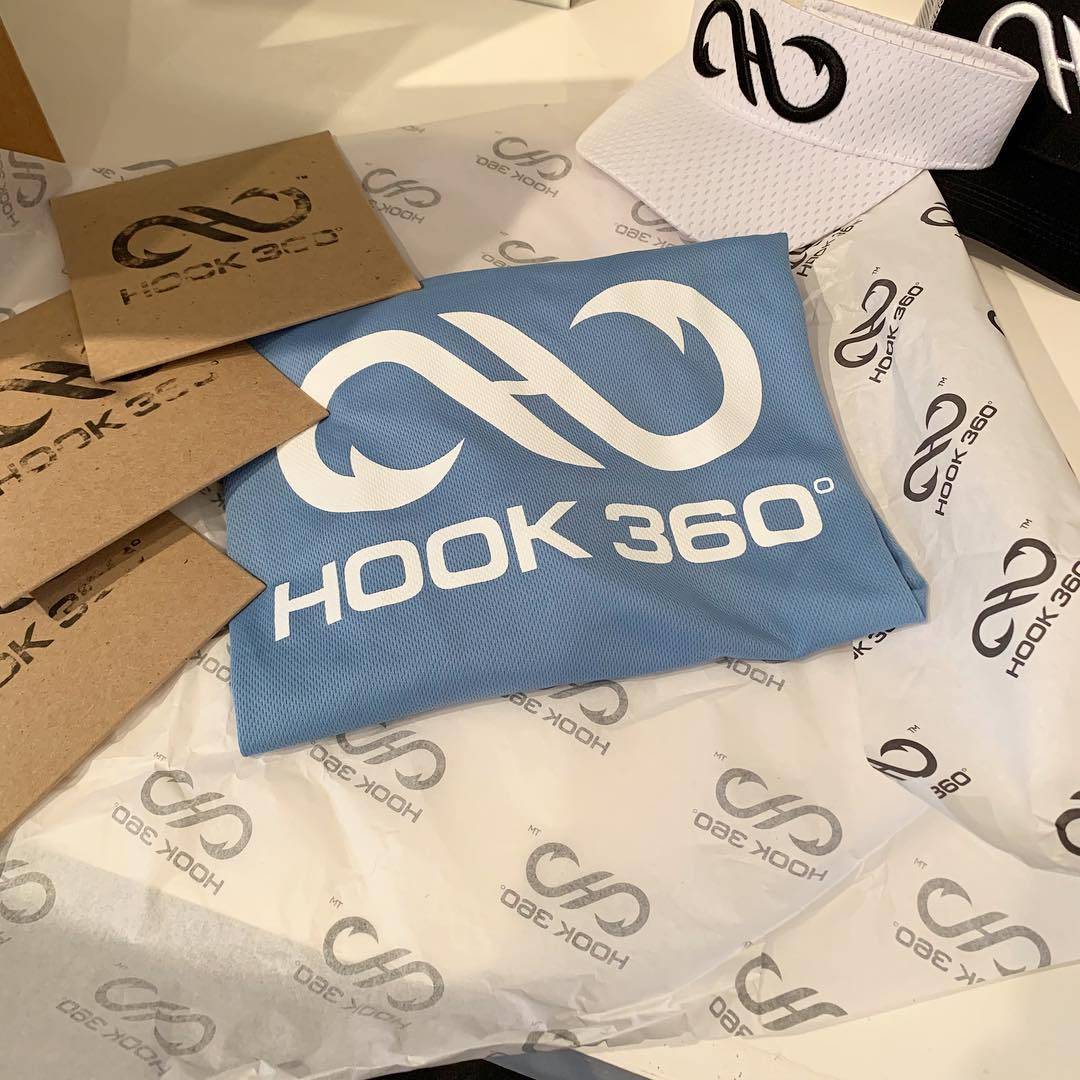The world of eCommerce offers businesses access to a global audience of consumers - a virtual goldmine! But actually converting this traffic into sales isn’t always that easy. There is intense competition between merchants, the need to build a powerful brand narrative, and of course, getting customers to commit. The latter often causes businesses the biggest headache. Cart abandonment is a major issue in eCommerce, and we are here to help!
What is cart abandonment?
Cart abandonment is when customers put items in their shopping cart when browsing an eCommerce site, but don't complete the checkout process. This is a worldwide trend - global cart abandonment rates are over 70%. Naturally, it's a big loss in sales for merchants. Abandoned carts result in a staggering $18 billion in lost revenue every year!
Cart abandonment is one of the biggest issues for eCommerce businesses of any size, from single-person Etsy stores to Amazon. For this reason, merchants are increasingly looking for new ways to reduce this.

But why does it happen?
If we look at cart abandonment in eCommerce versus brick and mortar retail, it’s clear they mean different things in practice:
Exhibit A: Your customer walks around the store putting items back on shelves and racks, drops off their shopping basket, and walks out the door.
Exhibit B: Your customer closes their web browser.
So, the amount of effort involved in cart abandonment differs hugely between channels. If your customer isn’t totally sold on an item, there is little inconvenience in them coming back to visit your site later. Compare this to them driving back into town to visit your store on a separate trip - it’s a lot less likely!
The takeaway here? Thinking about your eCommerce checkout in the same way as physical retail won't work. Why? Because customers don’t always have the same intent between channels. Cart abandonment will always be the highest in eCommerce, because carts aren’t just transactional. Consumers use them as a place to browse for items, or to compare prices between brands. In fact, 40% of customers who put items in their cart have no intention of ever buying them!
But if we read between the lines, there are many other reasons that customers abandon their carts.
Consider these stats:
- 54% of eCommerce sales will be completed by mobile by 2021.
- 43% of consumers cite ‘convenience’ as being the main reason that they shop online.
- 62% of online shoppers say they are worried about security when they make purchases.
These figures shed light on the factors which may be keeping your cart abandonment rate high:

1. Your checkout isn’t optimized for mobile
As increasing numbers of consumers choose to shop on the go throughout the day, mobile shopping has become one of the fastest-growing areas of eCommerce. In fact, 79% of smartphone users have made a purchase online using their mobile device in the past 6 months. This is a crucial source of web traffic that your eCommerce business doesn’t want to miss out on! But capturing this audience means optimizing more than just your product pages; your checkout also needs to be easy to navigate.
Yet, the average abandoned cart rate on mobile is 85.65% - way above the average. Why? Because the majority of brands are not putting effort into their checkout experience. If your checkout is difficult to use on a handheld device, your customers are unlikely to follow through.
2. Your checkout process is too time-consuming
If your customers find it effortless to browse your product selection, they will expect the same of your checkout! According to a 2018 survey by Namogoo, 75% of customers cite ‘an easy checkout process’ as key to a great online shopping experience. So, the phrase ‘strike while the iron is hot’ is very applicable here! Your checkout process needs to be as painless as possible. If it’s lengthly and complex, this outweighs the convenience of shopping online. It’s the virtual equivalent of turning up at an in-store point of sale, and finding that the queue goes halfway down the block.
According to Jay Omar, the head of partner sales at Bolt Checkout, it’s these so-called ‘high friction’ experiences with online checkouts which cause customers to abandon their carts in droves:
“Our Engineering team built Bolt Checkout to improve the shopping experience for customers, but also to fix some of the biggest challenges eCommerce businesses face when it comes to checkout and payments. Customers increasingly expect a seamless experience and instant gratification. Despite over two decades of innovation in eCommerce, online checkout has remained a stubbornly high-friction experience. Online retailers work hard to get their customers, but when those customers are ready to buy, the checkout process takes over 1 minute on average.”
3. People don’t trust your checkout
In an era where online transactions are so normalized, it’s easy to forget that we are handing over pretty sensitive information. Whether it’s personal or financial, we need to have confidence as consumers that this data is going to be kept safe.
But in recent years, there have been some pretty major personal data breaches involving brands as big as Walmart. More than ever before, consumers are on the lookout for signs that an eCommerce checkout can be trusted. A 2016 study by the Baymard Institute found that almost one-fifth of consumers abandon their cart due to security concerns. If the checkout page they are presented with doesn’t give them the reassurance they want, ‘better safe than sorry’ attitudes will often win out.
These reasons are all connected to the same theme - many checkouts simply don’t offer customers a positive, seamless experience to cap off their purchasing journey. So, what to do? We’ve drafted in our partner Bolt Checkout and mutual customer Hook 360° to help investigate.
3 Ways to Reduce Cart Abandonment (Bolt + Hook 360° Case Study)

1. Choose a checkout design which drives repeat purchases
Customer retention is one of the most difficult parts of eCommerce, but it’s the key the building a successful operation. You have a 60-70% chance of getting a sale from an existing customer, versus just 29% from a new customer! Many companies end up turning to loyalty programmes to boost their retention rates. But there’s a simpler alternative; optimizing your checkout experience to make it as hassle-free as possible.
Bolt has placed this at the center of its considerations when designing its own software:
“Bolt Checkout has two parts: The first is a Guest Checkout experience that eliminates a lot of the fields (such as billing addresses) that are typically required for checkout. With no redirects, and with 4 fewer fields and 8extraneous fewer clicks than the average guest checkout, Bolt’s Guest Checkout makes sure that nothing gets in the way of customers who are ready to buy."
"The second part is a 1-click checkout experience for return customers. Once a shopper has purchased on any Bolt site, they can opt-in to save their payment credentials in a Bolt account. From there, they can check out with a single click on any site powered by Bolt.”
According to Marketing Charts, it takes most customers at least four purchases to consider themselves ‘loyal’ to a brand. By not forcing your customer to commit too early, you are far more likely to see them stick with you long term.
For premium outdoor brand Hook 360°, this is one of the biggest benefits of using Bolt for their own online checkout:
“We are thrilled to be working with Bolt; the quick check out experience for a repeat customer is worth its weight in gold. When you get that first sale and execute it perfectly, it leads that customer to check you out again. When their next potential purchase is easier than the first, you have shown them that you care about their experience.”

2. Make sure you have transparency and great communication with your customer
If you want your customers to follow through with their order, you need to show them that you are a trustworthy vendor. You also need to know as a business that consumer information secure. According to Bolt, this is key to giving your customers a buying experience that they can have confidence in:
“We aim to perfect the e-commerce checkout by building the best buying experience internet-wide, for both businesses and their customers. To do this, we've created a world-class checkout for online retailers, with 100% fraud protection built-in.”
But this isn’t just about the security of your checkout; a fantastic buying experience is also driven by how accessible your brand is. If your customers have any questions or concerns, you want them to have a clear line of sight to where they can go for help. If contacting your representatives is a huge effort, cart abandonment kicks in.
One of the biggest advantages of eCommerce is that there are many channels that customers can contact you on - social media, email, and on-site chat functions. Utilizing these will boost your level of service, and according to Hook 360°, prove to your customer that you care about their needs:
“We wanted to be extremely honest to our customers from day one. The customer service experience is just as important with an online store as it is in brick and mortar. We live in a social age, so you want these potential customers to feel comfortable emailing, DM’ing or messaging you. Of course, responses also need to be prompt and friendly!”

3. Put effort into what happens AFTER checkout
As we’ve just mentioned, customer retention is crucial to your business’s success. So the buck doesn’t stop at checkout - your customer is yet to receive their order! Final impressions rest on how your customer thinks and feels about your brand POST-purchase. When customer experience is set to be the biggest brand differentiator by 2020, it’s clear that delivering what is ‘expected’ is no longer enough.
Post-purchase marketing is a vital part of building an enduring brand story, but it’s something that many businesses neglect. When a sale has been made, it’s easy to label that customer as ‘converted’. However, it’s your interactions AFTER a transaction which determine how memorable your brand is.
This is something that Hook 360° dedicate a lot of thought to in their post-purchase marketing strategy. In particular, they use their custom noissue packaging to show their customer that they care about every part of the brand experience:
“Once a customer completes their order, it becomes a race. You are racing against their internal clock, their expectation and their memory of you, which fades a little more with each day. We have found that giving them as much one on one interaction as possible is a great strategy. In their email that says their order has been shipped, we show them a photo of the wax seal from their package. Now they are intrigued and excited for their order to arrive! Once they receive it, they will see the love we put into that package.”
“They get a Kraft paper envelope or box with our signature wax seal, which is done by hand. Once our customers break the seal, they will see their shirt wrapped in our awesome noissue tissue paper which also has a wax seal on it. The experience just comes full circle!”
“A day after delivery, our customer receives a request to review HOOK 360°. A week after that, we try giving them a call to see how they are doing.”
By taking the time to make contact through multiple touchpoints, Hook 360° shows their customer that they want them to get the most value possible from their purchase. This approach makes it far more likely that they will buy from the brand again, as opposed to if they just gave them radio silence.
The Wrap up:
Cart abandonment is caused by many different factors, but your online checkout plays a key role. If the checkout experience isn’t easy and seamless, it’s very likely that your customer won’t follow through. You need to make sure that you aren’t giving your customer any reason to ‘check out’ early, which means making great customer service a priority. While it isn’t possible to eliminate cart abandonment totally, this will go a long way to reducing it!

